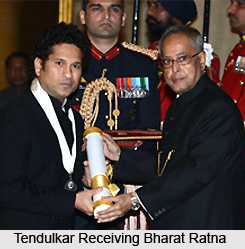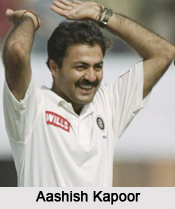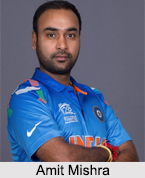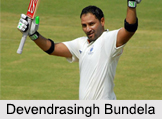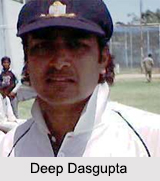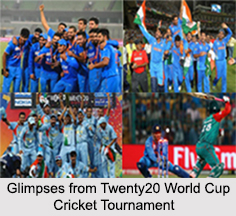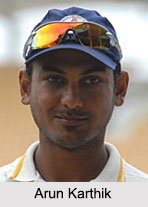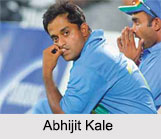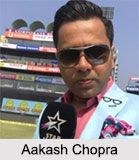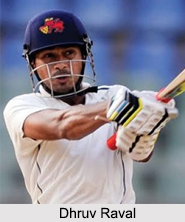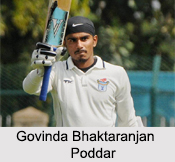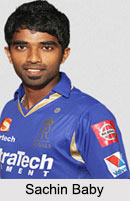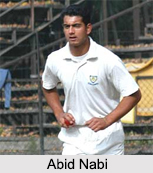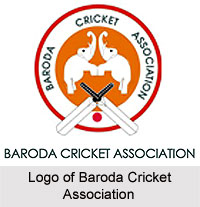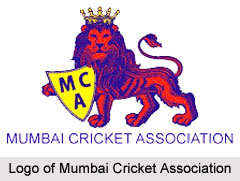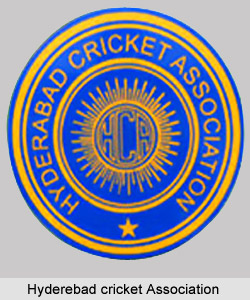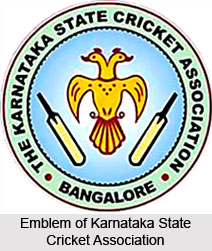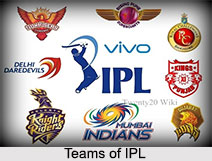 Rules of Cricket are actually a bunch of rules set by Marylebone Cricket Club (MCC) which explains the laws of cricket internationally, to make sure regularity and fairness. A cricketer needs to follow all the rules and regulation to precede this gentlemen"s game.
Rules of Cricket are actually a bunch of rules set by Marylebone Cricket Club (MCC) which explains the laws of cricket internationally, to make sure regularity and fairness. A cricketer needs to follow all the rules and regulation to precede this gentlemen"s game.
Cricket is a popular game in the world played with a bat and ball on a large field, known as a ground, between two teams of 11 players each. The object of Cricket is to score runs when at bat and to put out, or dismiss, the opposing batsmen when in the field. The cricket rules displayed on this page here are for the traditional form of cricket, which is called "Test Cricket". However there are other formats of the game 50 over matches, Twenty20 Cricket and Indian Premier League where the rules differ slightly.
Laws in Cricket
Presently there are 42 laws, which mainly sketch all features of how the game is played from how a team wins a match, how a batsman gets out, through to specifications on how the pitch is to be prepared and maintained. The MCC, based in London England, is a privately held club. It is no longer official governing body, but holds the copyright in laws of game and only the MCC may change the laws, although nowadays this would usually only be done after discussions with the game`s global governing body the International Cricket Council (ICC).
Cricket happens to be one of those few sports where the governing principles are referred to as `Laws` rather than as `Rules` or `Regulations`. However regulations to supplement and/or vary the laws may be agreed for particular competitions.
The Field
A cricket field is roughly an elliptical one of flat grass, ranging in size from about 90 to 150 metres (100-160 yards) across, bounded by an obvious fence or other marker. There is no fixed size or shape for the field, although large deviations from a low-eccentricity ellipse are discouraged. In the centre of the field, and usually aligned along the long axis of the ellipse, is the pitch , a carefully prepared rectangle of closely mown and rolled grass over hard packed earth. It is marked with white lines, called creases
The Play
The order in which the teams bat is determined by a coin toss. The captain of the side winning the toss may elect to bat or field first. All eleven players of the fielding team go out to field; two players of the batting team go out to bat. The remainder of the batting team waits off the field for their turn to bat. Each batsman wears protective gear and carries a cricket bat. The game progresses by the bowling of balls. The sequence of events which constitutes a ball is as follows:
Fielding Team
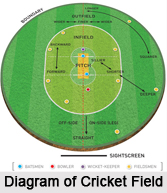 The fielding team disperses around the field, to positions designed to stop runs being scored or to get batsmen out. One fielder is the bowler. He takes the ball and stands some distance behind one of the wickets (i.e. away from the pitch). Another fielder is the wicket-keeper, who wears a pair of webbed goggles designed for catching the ball and protective pads covering the shins. He squats behind the opposite wicket. The rest of the fielders have no special equipment - gloves to assist catching the ball are not allowed to anyone but the wicket-keeper.
The fielding team disperses around the field, to positions designed to stop runs being scored or to get batsmen out. One fielder is the bowler. He takes the ball and stands some distance behind one of the wickets (i.e. away from the pitch). Another fielder is the wicket-keeper, who wears a pair of webbed goggles designed for catching the ball and protective pads covering the shins. He squats behind the opposite wicket. The rest of the fielders have no special equipment - gloves to assist catching the ball are not allowed to anyone but the wicket-keeper.
One batsman stands behind each popping crease, near a wicket. The batsman farthest from the bowler is the striker, the other is the non-striker. The striker stands before his wicket, on or near the popping crease in the batting stance. The ball is considered to be in play from the moment the bowler begins his run-up. It remains in play until any of several condition occur after which it is called dead. The ball is also dead if it lodges in the striker`s clothing or equipment. Once the ball is dead, it is returned to the bowler for the next delivery (another name for the bowling of a ball). Between deliveries, the batsmen may leave their creases and confer with each other.
When one bowler completes bowling six balls, it constitutes an over. A different member of the fielding team is given the ball and bowls the next over - from the opposite end of the pitch. The batsmen do not change ends, so the roles of striker and non-striker swap after each over. Any member of the fielding team may bowl, so long as no bowler delivers two consecutive overs. Once a bowler begins an over, he must complete it, unless injured or suspended during the over.
Another possibility during a ball is that a batsman may get out. There are ten different methods of being out - these will be described in detail later. If a batsman gets out, the ball is dead immediately, so it is impossible to get the other batsman out during the same ball. The out batsman leaves the field, and the next batsman in the team comes in to bat. The not-out batsman remains on the field. The order in which batsmen come in to bat in an innings is not fixed. The batting order may be changed by the team captain at any time, and the order does not have to be the same in each innings.
When ten batsmen are out, no new batsmen remain to come in and the innings is completed with one batsman remaining not out. The roles of the teams then swap, and the team which fielded first gets to bat through an innings. When both teams have completed the agreed number of innings, the team which has scored the most runs wins.
Scoring Runs
Whenever a batsman hits the ball during a delivery, he may score runs. A run is scored by the batsmen running between the popping creases, crossing over midway between them. When they both reach the opposite crease, one run is scored, and they may return for another run immediately.
If the batsmen are attempting to take runs, and a fielder gathers the ball and hits a wicket with it, dislodging one or both bails, while no batsman is behind that wicket`s popping crease, then the nearest batsman is run out. Specifically, the batsman must have some part of his body or his bat (provided he is holding it) grounded behind (not on) the crease. The batsmen carry their bats as they run and turning for another run is accomplished by touching the ground beyond the crease with an outstretched bat. The batsmen do not have to run at any time they think it is unsafe - it is common to hit the ball and elect not to The batsmen usually stop taking runs when a fielder is throwing the ball back towards the pitch area. If no fielder near the pitch gathers the ball and it continues into the outfield again, the batsmen may take more runs. Such runs are called overthrows. If the ball reaches the boundary on an overthrow, four runs are scored in addition to the runs taken before the overthrow occurred.
Runs scored by a batsman, including all overthrows, are credited to him by the scorer. The number of runs scored by each batsman is an important statistic. If while running multiple runs, a batsman does not touch the ground beyond the popping crease before he returns for the next run, then the umpire at that end will signal one short, and the number of runs scored is reduced by one.

